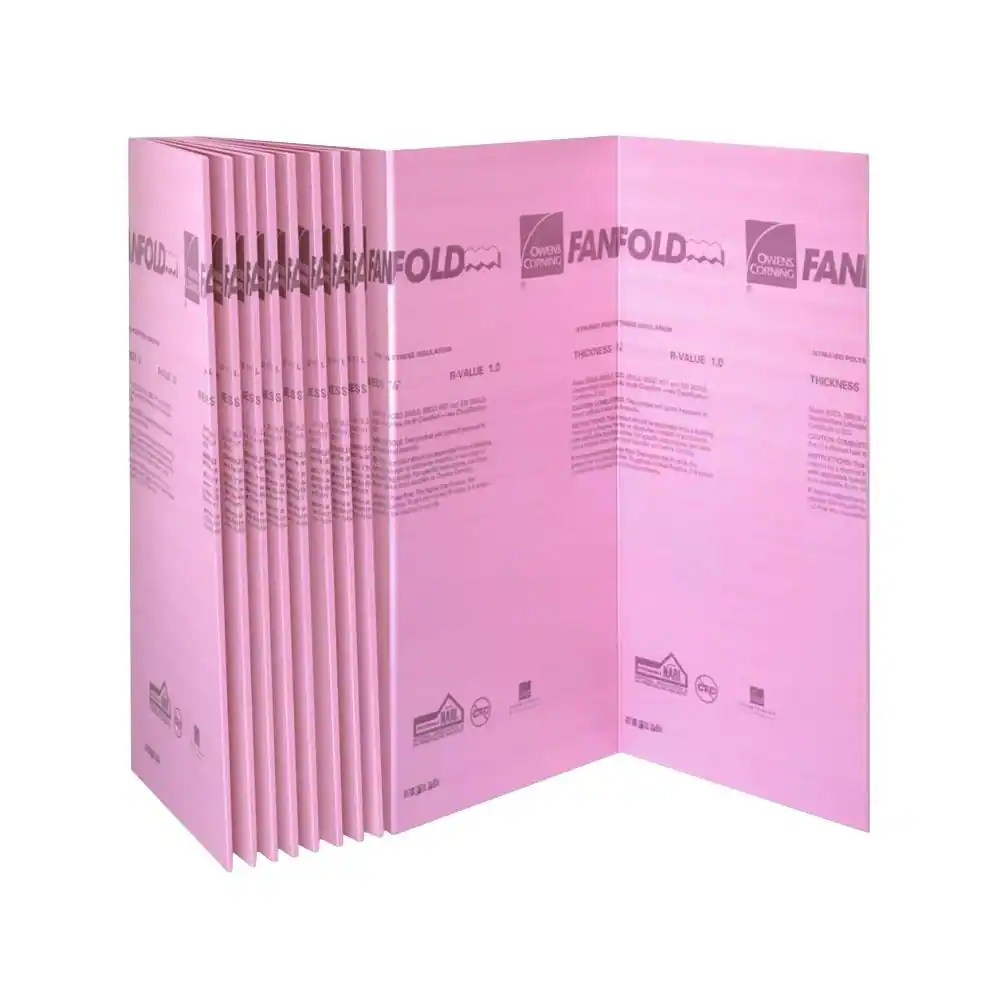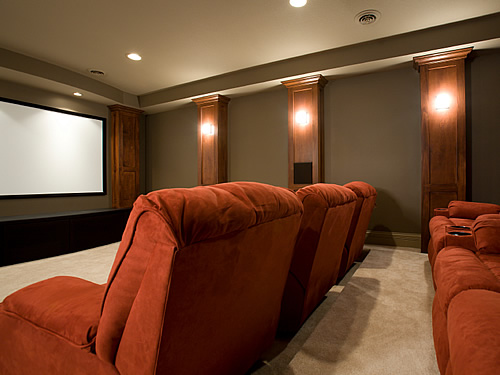Decoding Owens Corning Home Insulation: Your Guide to Energy Efficiency
Imagine a home that's a fortress against the elements, a sanctuary of comfortable temperatures year-round. Owens Corning home insulation offers just that, transforming houses into efficient, cozy havens. But how does this seemingly simple material achieve such a feat? Let's delve into the science and strategy behind effective home insulation.
Owens Corning, a global leader in building and construction materials, has pioneered advancements in insulation technology. Their range of products, from fiberglass batts and rolls to blown-in insulation, cater to diverse needs and construction types. This variety allows homeowners to fine-tune their approach to energy efficiency, addressing specific climate challenges and building characteristics.
The history of Owens Corning insulation is intertwined with the evolution of fiberglass technology. From its origins in glass fiber production, the company recognized the potential of this material to regulate temperature and enhance building performance. Over decades, they've refined manufacturing processes, developing insulation products that offer superior thermal performance and durability.
The core principle behind Owens Corning insulation, and insulation in general, is to resist heat transfer. In winter, it prevents indoor heat from escaping to the colder outdoors. In summer, it blocks the scorching heat from penetrating your home. This temperature regulation translates to lower energy bills, as your heating and cooling systems work less to maintain a comfortable environment. Furthermore, a well-insulated home contributes to a smaller carbon footprint, aligning with sustainable living practices.
One of the primary issues addressed by Owens Corning home insulation is inconsistent temperatures throughout the house. Rooms over garages, attics, and basements are notorious for being too hot in the summer and too cold in the winter. Proper insulation creates a more uniform temperature, eliminating these hot and cold spots and enhancing overall comfort.
Owens Corning offers various types of home insulation. Fiberglass batts are pre-cut sections designed to fit between wall studs and joists. Blown-in insulation, typically made of loose-fill fiberglass or cellulose, is pneumatically installed in attics and wall cavities. Choosing the right type depends on the area being insulated and the specific needs of the home.
Benefits of Owens Corning Home Insulation:
1. Energy Savings: Reduced energy consumption leads to lower utility bills, saving you money month after month. 2. Improved Comfort: Consistent temperatures throughout the house eliminate drafts and cold spots, creating a more comfortable living environment. 3. Noise Reduction: Insulation can dampen sound transmission, minimizing outside noise and enhancing indoor tranquility.
Advantages and Disadvantages of Owens Corning Home Insulation
| Advantages | Disadvantages |
|---|---|
| Excellent thermal performance | Can be irritating to skin and lungs during installation (proper safety gear is essential) |
| Fire-resistant | Can settle over time, reducing effectiveness (especially with blown-in insulation) |
| Moisture-resistant options available | Requires professional installation for optimal performance in some cases |
Best Practices for Implementing Owens Corning Home Insulation:
1. Proper Air Sealing: Address air leaks before installing insulation to maximize effectiveness.
2. Choosing the Right R-Value: Select the appropriate insulation R-value based on your climate and building characteristics.
3. Professional Installation: Consider hiring a certified installer for complex projects to ensure proper installation.
4. Protective Gear: Always wear appropriate safety gear, including gloves, masks, and eye protection when handling insulation.
5. Inspect Existing Insulation: Before adding new insulation, inspect existing insulation for damage or settling and address any issues.
Frequently Asked Questions:
1. What is R-value? (Answer: A measure of insulation's thermal resistance.)
2. What type of insulation is best for my attic? (Answer: Depends on climate and attic accessibility.)
3. How much insulation do I need? (Answer: Consult an energy auditor or insulation professional.)
4. Can I install insulation myself? (Answer: Simple projects are DIY-friendly, complex ones require professional help.)
5. How long does insulation last? (Answer: Fiberglass insulation can last for decades with proper installation.)
6. What are the different types of Owens Corning insulation? (Answer: Batts, rolls, loose-fill, and foam board.)
7. Is Owens Corning insulation safe? (Answer: Yes, with proper handling and safety precautions.)
8. How can I find a certified Owens Corning installer? (Answer: Check the Owens Corning website.)
Tips and Tricks:
Consider using an insulation blower for DIY attic insulation projects. Seal gaps and cracks around windows and doors to minimize air leakage. Consult energy efficiency programs for potential rebates and incentives.
In conclusion, Owens Corning home insulation offers a compelling solution to enhance energy efficiency, comfort, and the overall performance of your home. From its rich history of innovation to its diverse range of products, Owens Corning empowers homeowners to make informed decisions about their insulation needs. By understanding the principles of heat transfer and following best practices for installation, you can transform your home into a more comfortable, efficient, and sustainable space. Take control of your energy bills and embrace the benefits of a well-insulated home. Explore the options available, consult with professionals, and embark on a journey towards a more comfortable and energy-efficient future.
Inner arm tattoos for men a comprehensive guide
Transform your screen a guide to setting pictures as screensavers
The magic of weihnachtsgeschichten kurz zum ausdrucken short christmas stories to print














